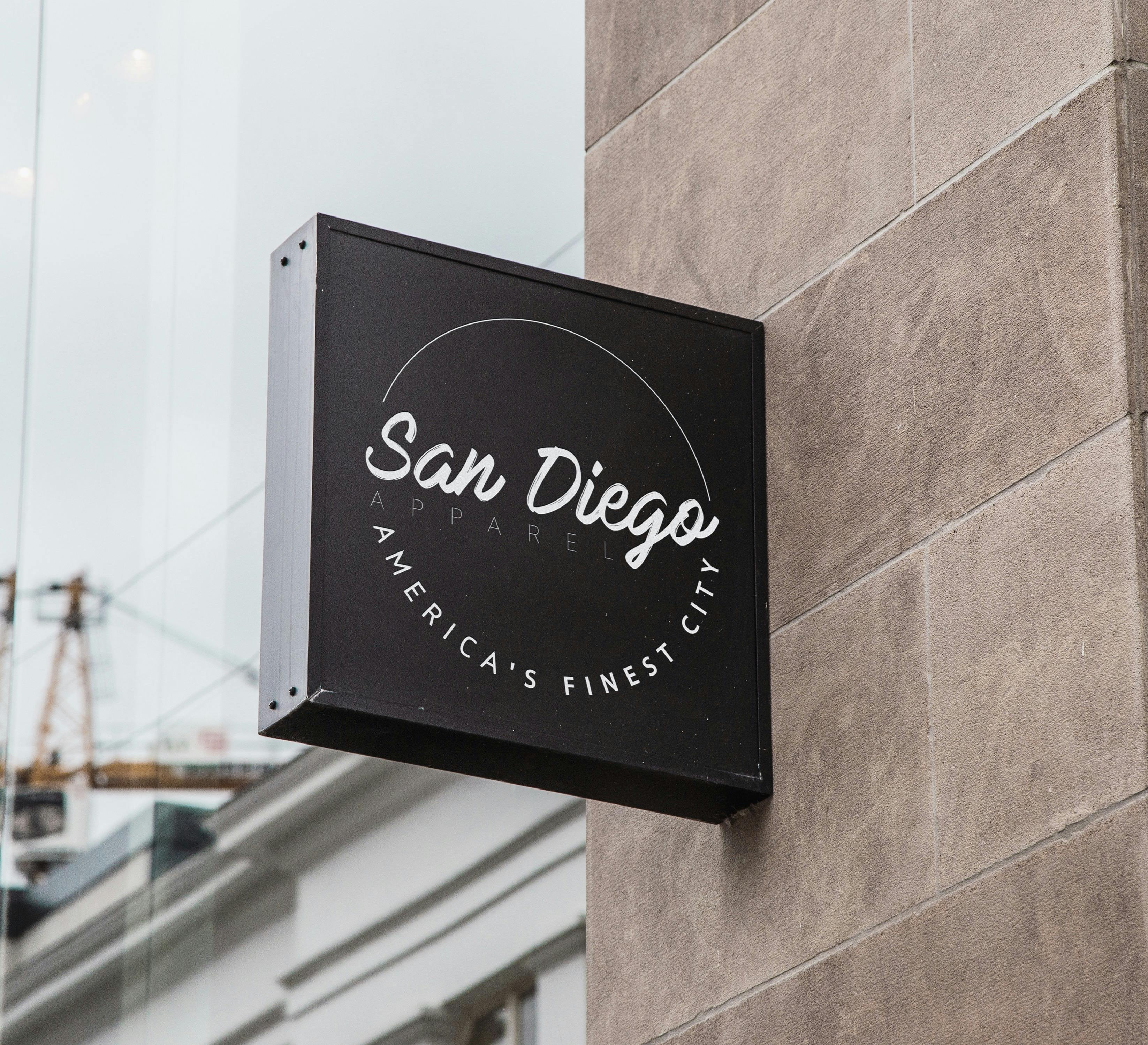Burnout occurs when a stationary image is held on the screen for long periods of time. Logos like those of major networks, browser frames, and your computer icons were the main culprits. The burnout, or image retention, comes from pixels that have prematurely old phosphors that are not as bright as neighboring pixels. Burning out when it comes to channel navigation shouldn’t be a problem, however there could be some issues due to inherent power demands as the new channel is blocked.
- The reason: damaged pixels develop a “memory” of information that is constantly updated, which does not allow the pixel to change state.
- This static image is recorded on the plasma screen, which looks like an ethereal ghost image that is there no matter what is being transmitted.
- Burnout was a major problem with older plasma screen televisions, which is why LCD flat panels that did not have this problem became so popular.
Burning is not a big problem with current plasma models as a result of so-called technology pixel offset. Pixel shifting subtly changes the pixels on a static display, allowing the pixels to switch state on and off, which maintains the matches bright and equal in intensity. This occurs faster than the eye can decode, which at a slower speed would be very distracting and likely a source of headaches.
40-inch and larger LCDs, particularly 1080p, are regularly 25 percent smaller than similar-sized plasma ones. LCD flat panel televisions are capturing a large market share, capitalizing on concerns stemming from the lack of up-to-date information on the steps that have been taken to address the problem of plasma burning. Often times, a lack of knowledge prevents people from purchasing a large-screen plasma television.
LCD flat panels they are usually less expensive than plasma, according to the manufacturer.
- LCD screens have a 16: 9 aspect ratio (what you see in movies) and a 4: 3 ratio (like normal television).
- On the downside, LCD flat panels they tend to be tighter than plasma when looking at them from large angles (most newer flat panels have nullified that gap).
- In the past, plasma assemblies typically had richer blacks and superior contrast. This is not the case.
- With the introduction of LED LCD screens in sizes less than 60 inches, LED LCD TVs will most likely spell the end of plasma purchases in those sizes.


